I often find myself being asked by my friends, ‘Gess, if you had to recommend a part of Italy where I could have the best holiday and enjoy the sun, the sea, great food and wine, a chilled lifestyle and the authentic Italian culture, where should I go?‘
Well, this is a tricky question to answer, as there are plenty of places in Italy that tick all of the above. Yet, few places offer the perfect mix of culture, beautiful varied coasts spanning from white beaches to golden rocks, amazing hot weather and non expensive sublime food and wine.
You’d probably think I might be biased as I was born and raised in what can be considered the capital of Salento: Lecce. Nevertheless, ask Richard Gere, Gerard Depardieu, Meryl Streep or Helen Mirren what made them decide to make Lecce their home?
My hunger to explore new places every time I can jump on a plane, train, bus or car doesn’t allow for much time to go back to Salento often, but I do know the place inside out having spent the first 20 years of my life there. That’s why I’ve decided to share my local insider tips so that next time you go to Salento you can enjoy the best experience.
Before we dive deep into the places to visit and what food to eat, let me give you a few generic tips.
Where to land?
Brindisi Papola Casale is the ‘Aeroporto Del Salento’, so it’s a no brainer that this would be the best airport of choice, as it’s just a 30 mins drive from Lecce and there are shuttles available all day.
The other option would be Bari, but it’s a longer drive (90 mins) and the transport links to Lecce are painful to say the least.
Nevertheless, I do highly recommend hiring a car as the public transport is definitely the worst.
Where to stay?
Although you might want to explore the beautiful coasts every day, you have plenty of choice as a base to start from. It depends what you’re after. If you’re happy with a city that offers the best options in terms of night life, restaurants, arts and culture and you’re ok with having to drive 10 minutes to get to the nearest coast, Lecce is the answer. Alternatively, Gallipoli is another great option (and it’s on the sea), although it can get a bit too busy in peak times.
If you are the type of person who wants to wake up with their feet in the sea water, then there are two different options: Castro – also known as the pearl of Salento – on the Adriatic Sea, if you are not after sandy beaches, but rather prefer a breathtakingly beautiful and quiet rocky beach. If what you’re after is golden sand but would like to avoid packed beaches, Lido Marini and Punta Prosciutto on the Ionic Sea are a brilliant option.
Another great option is to book a stay in a Masseria (a type of local farm). Many – if not most – of them have been turned into B&B farmhouses.
When to go?
Personally my favourite time to visit Salento is the first two weeks in September. July and August are the hottest months, and temperatures reach heights of 40/45 degrees which makes sleeping a hard task (and many there don’t have air con systems). July and August are also the peak of tourism, meaning prices are much higher for a worse experience. June is also another great option.
Food and wine to die for
It’s no secret that Italian is one of the world’s favourite cuisines. However, every region in Italy has an astonishing variety of delicious recipes. Salento is no exception to this rule. The red wines are amongst the top in the world, especially the Primitivo di Manduria and the Negroamaro. So make sure you try them at the local restaurants. If you have the time, make sure you book a wine tasting session at Masseria L’Astore for the most authentic experience of Salento wines you can wish for. And whilst you’re there in Cutrofiano (where the Masseria L’Astore is), browse the finest ceramics studios at incredibly cheap prices.
There are a few food delicatessens that you should definitely put your hands on in Lecce. Whilst the basic Mediterranean diet offers the best option thanks to the authentic taste of the locally sourced vegetables and the best extra virgin olive oil in the world, there are also less healthy choices that deserve attention. For the sweet tooth, the Pasticciotto is a must try – a pastry dough filled with custard cream. Another one for the sweet tooth is La Cotognata Leccese, a highly sweet cake made totally of quince jam.
My favourite delicacy from Salento though is Il Rustico Leccese. This is a puff pastry filled with tomato and mozzarella and has many variations (with plenty of vegan options). The local bars have Rustico ready at around 10/11 in the morning and my advice is to try it hot from the oven. Be careful, it’s highly addictive 😄.
Other foods you should try include Provolone Piccante cheese, calzoncino fritto, local bruschetta, local extra virgin olive oil, tarallini, Pizzo, Puccia, the ice cream from Dentoni Gelateria in Torre Dell’orso, Pittule and the mussels and potato gateau.
If you’re looking for great places to dine, Il Moro (in San Gregorio) is one of the top choices for an amazing alfresco dinner watching the sunset on the sea. You’ll get amazing food pretty much everywhere, but another highlight around Lecce is La Pocina restaurant… with their locally sourced seasonal products and the charming Italian ways of the host, it is an experience you cannot miss.
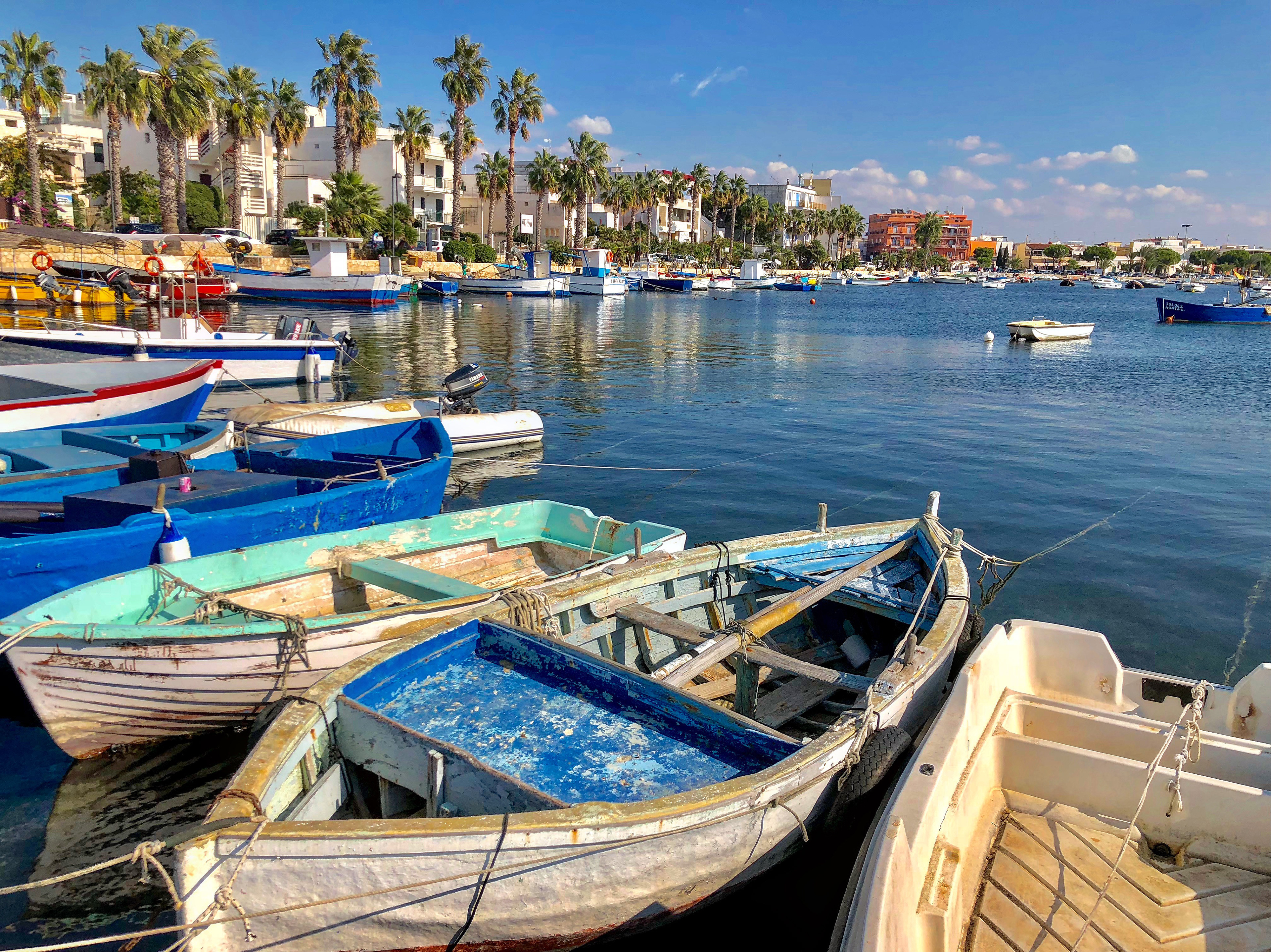
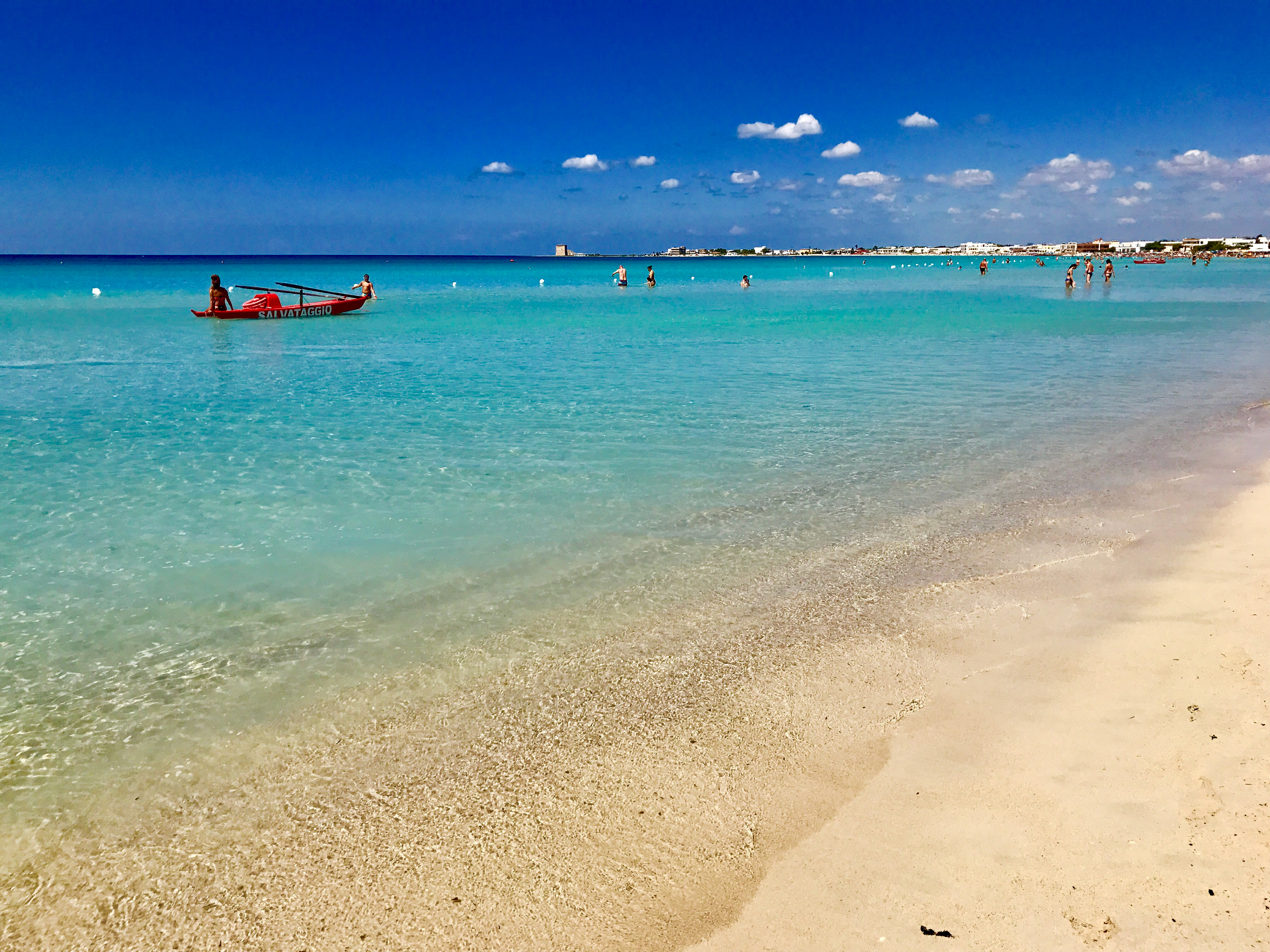
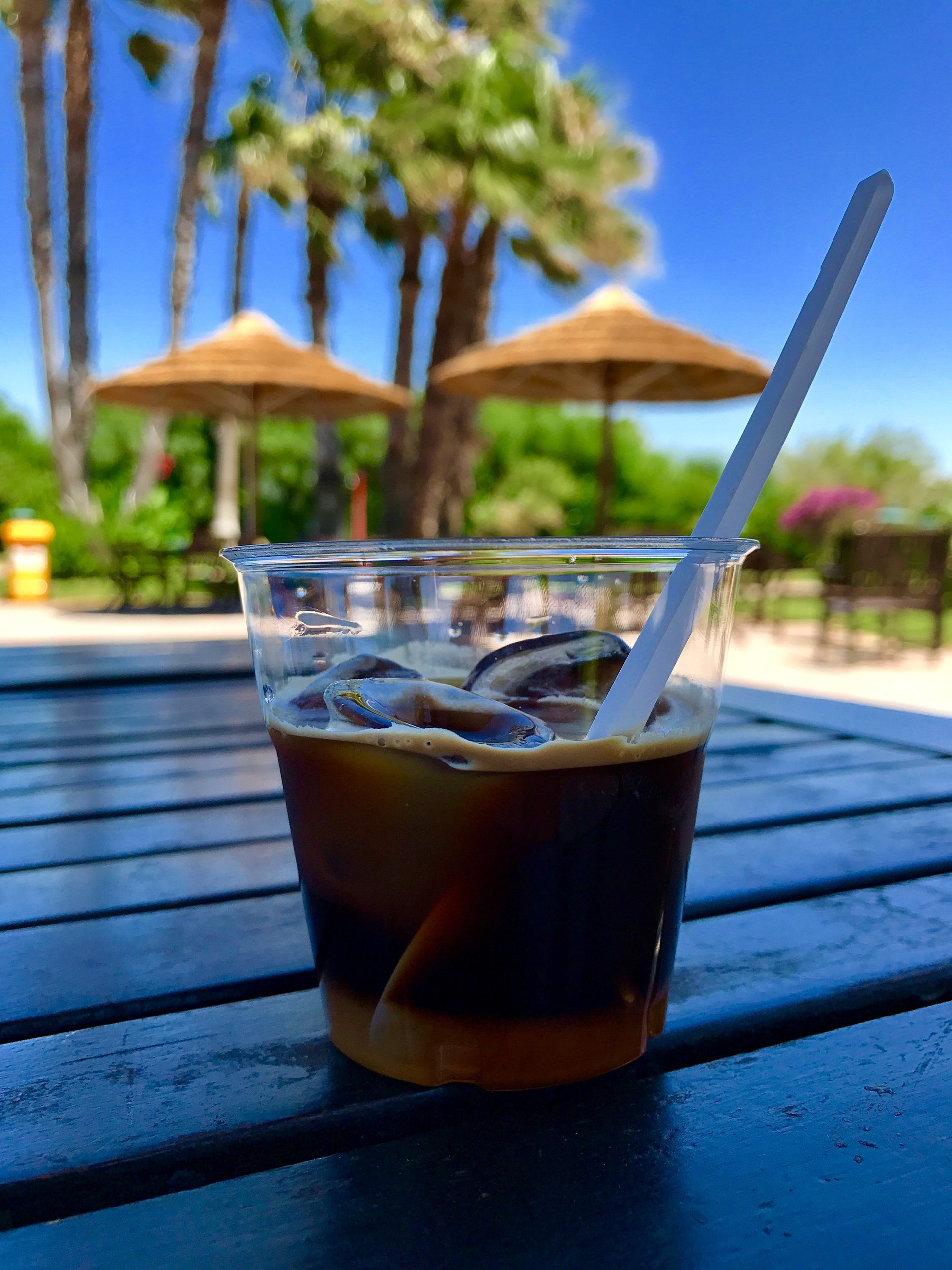
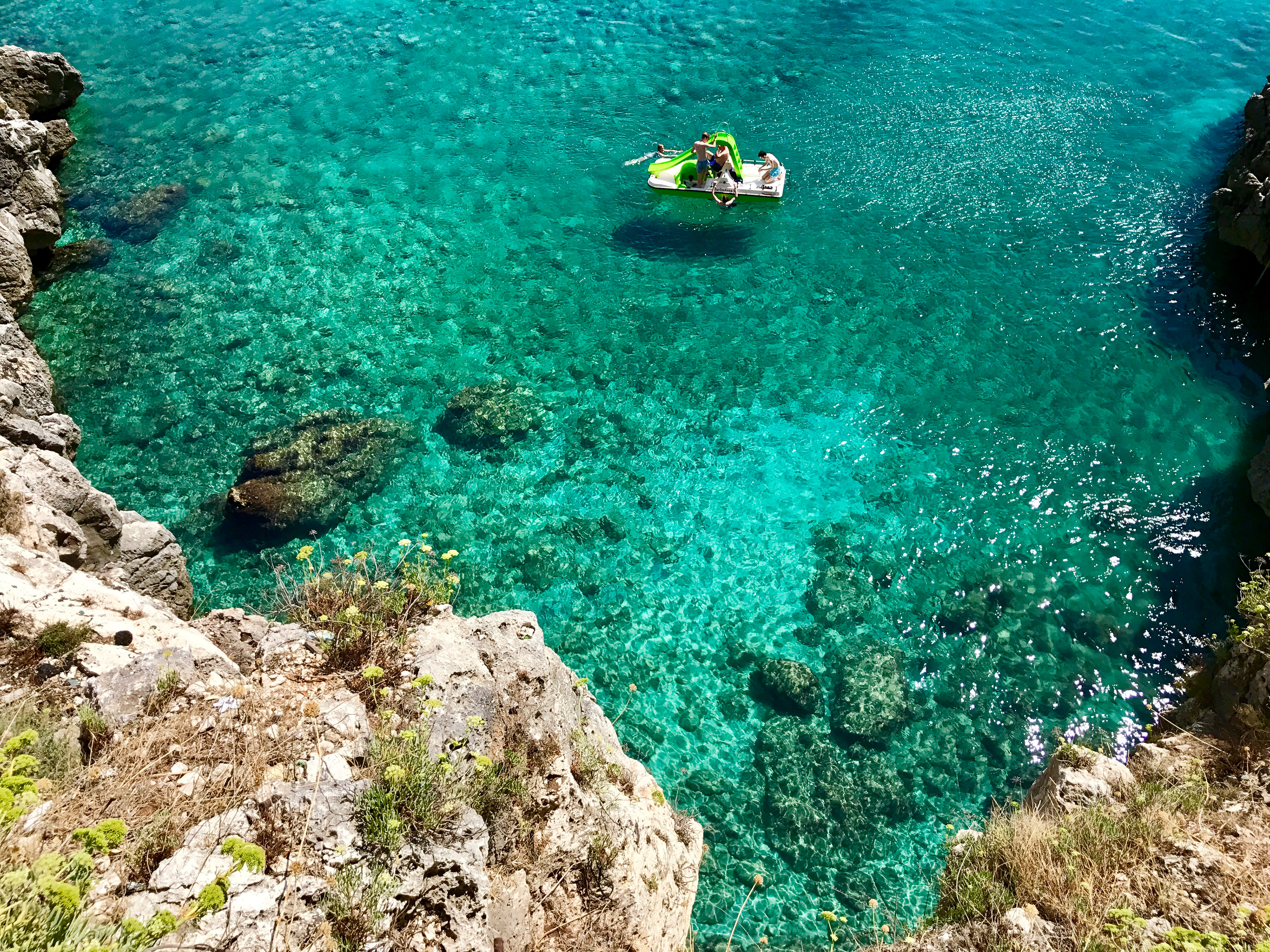

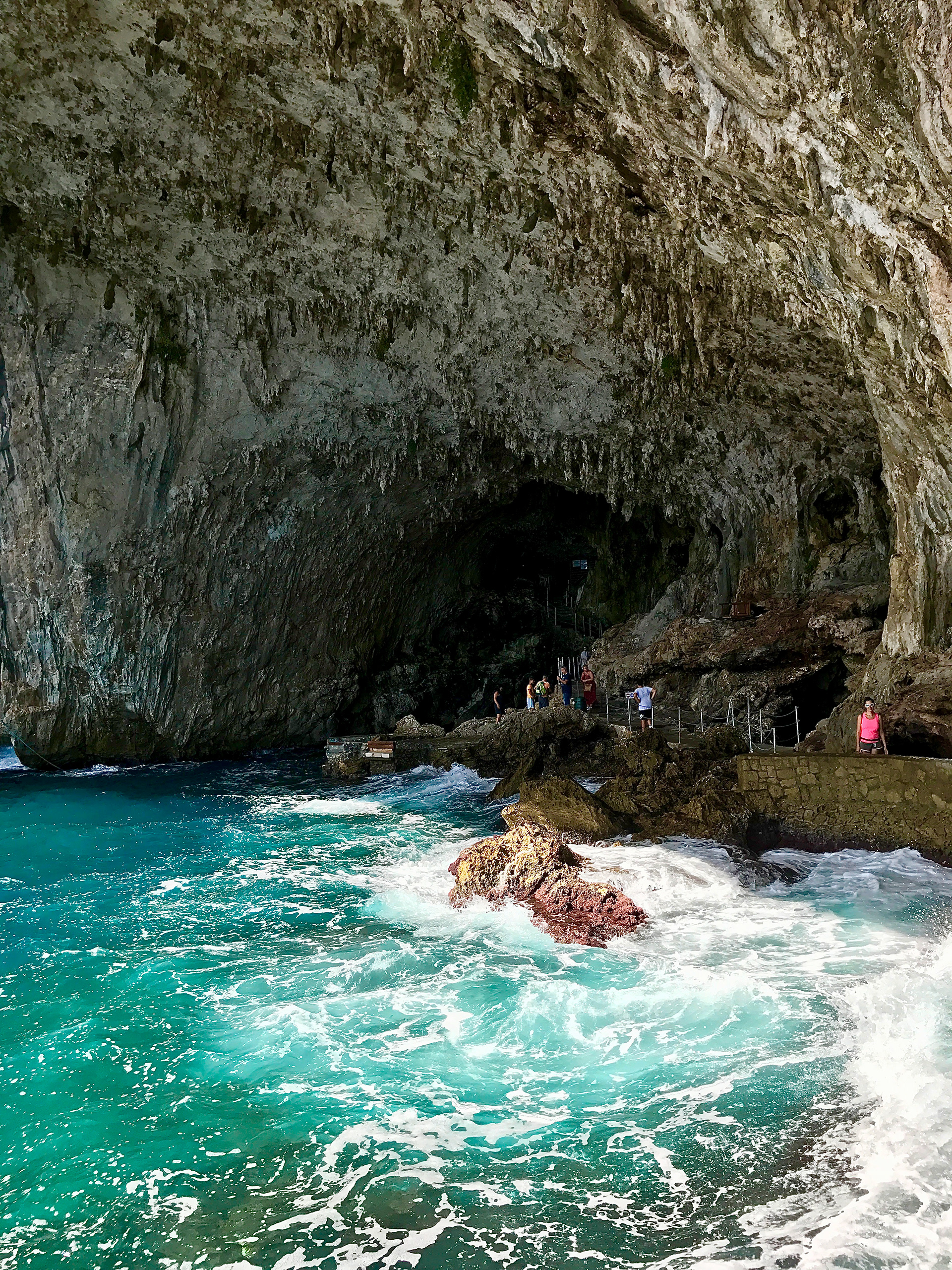
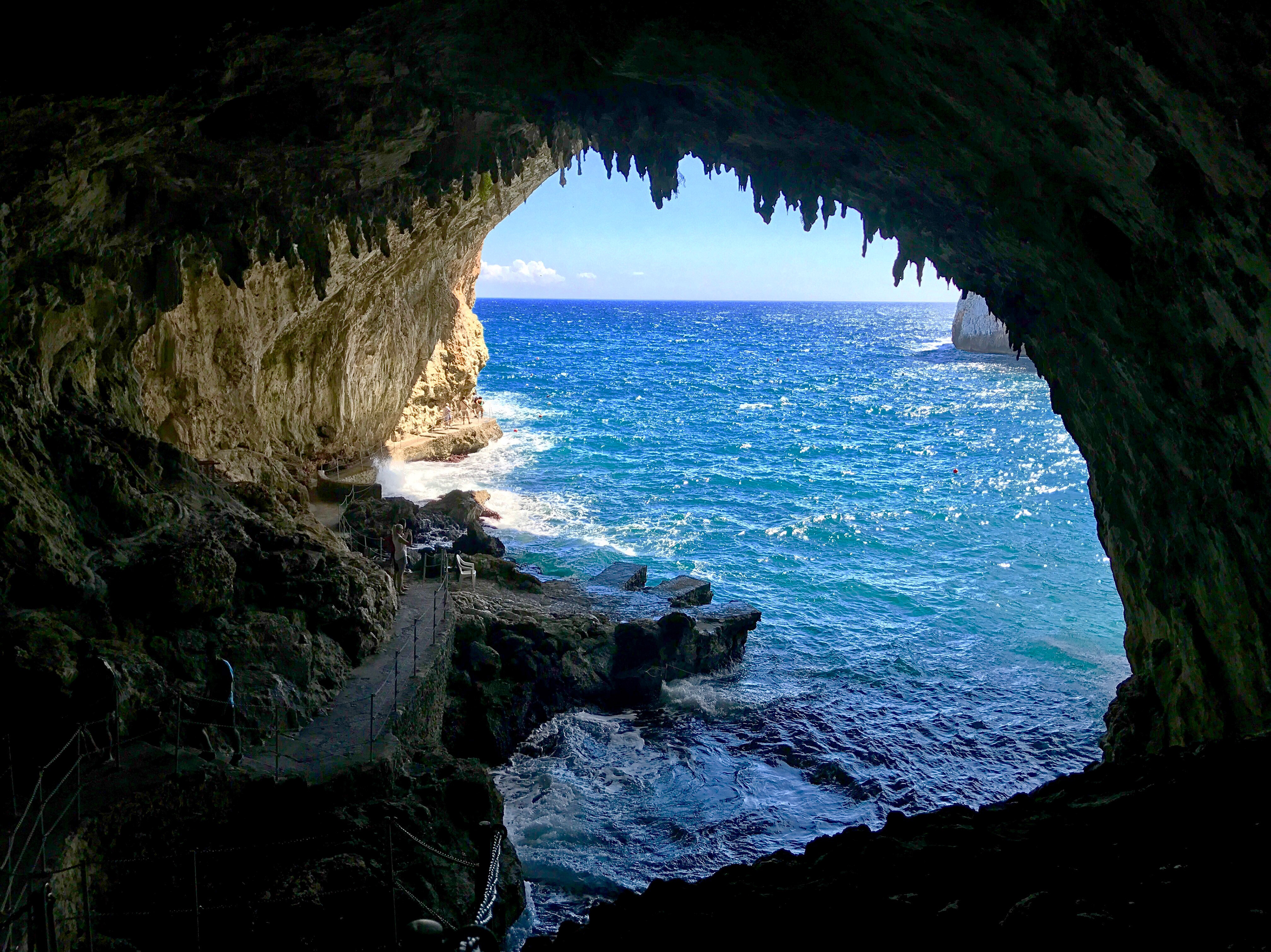
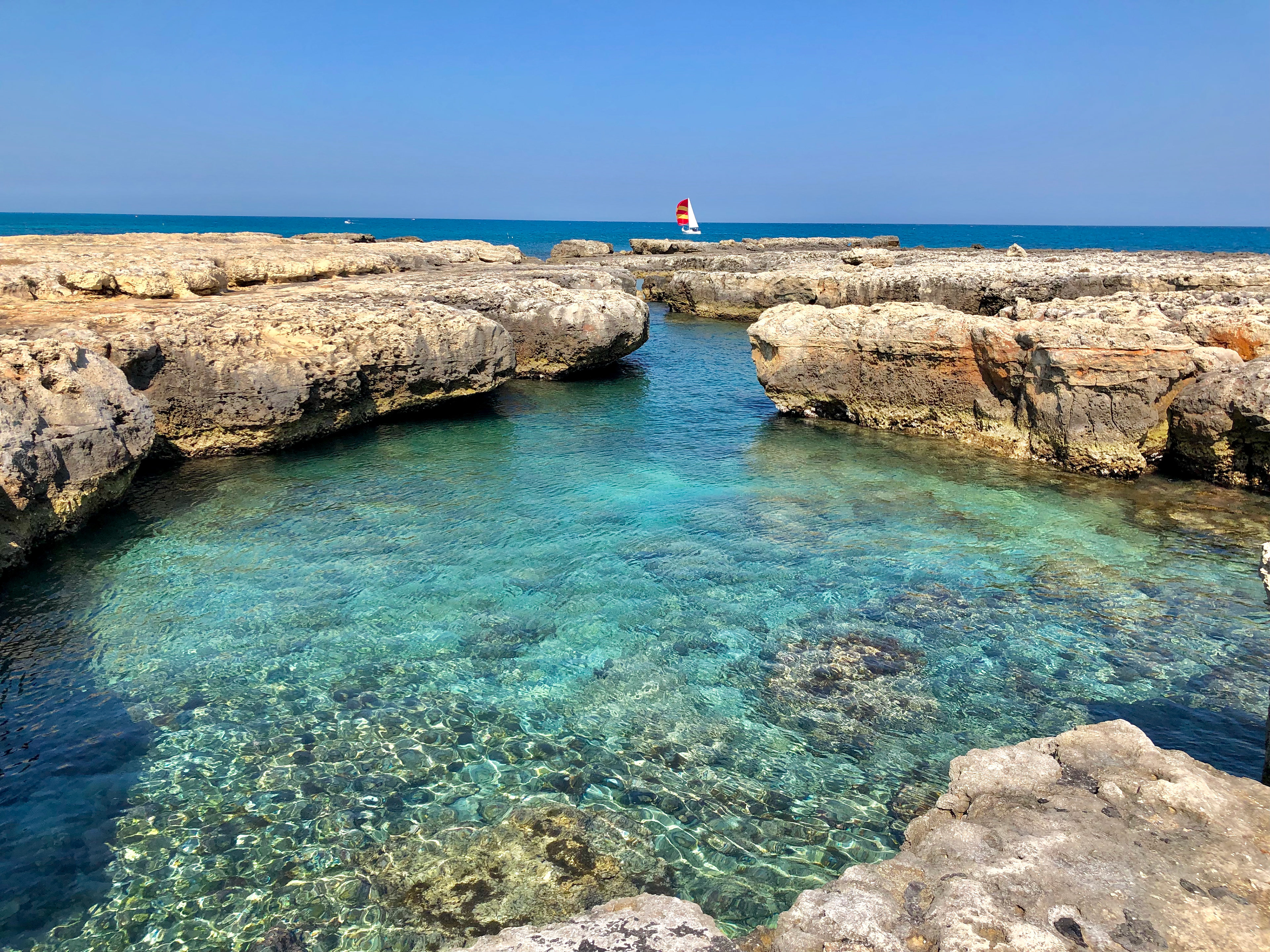
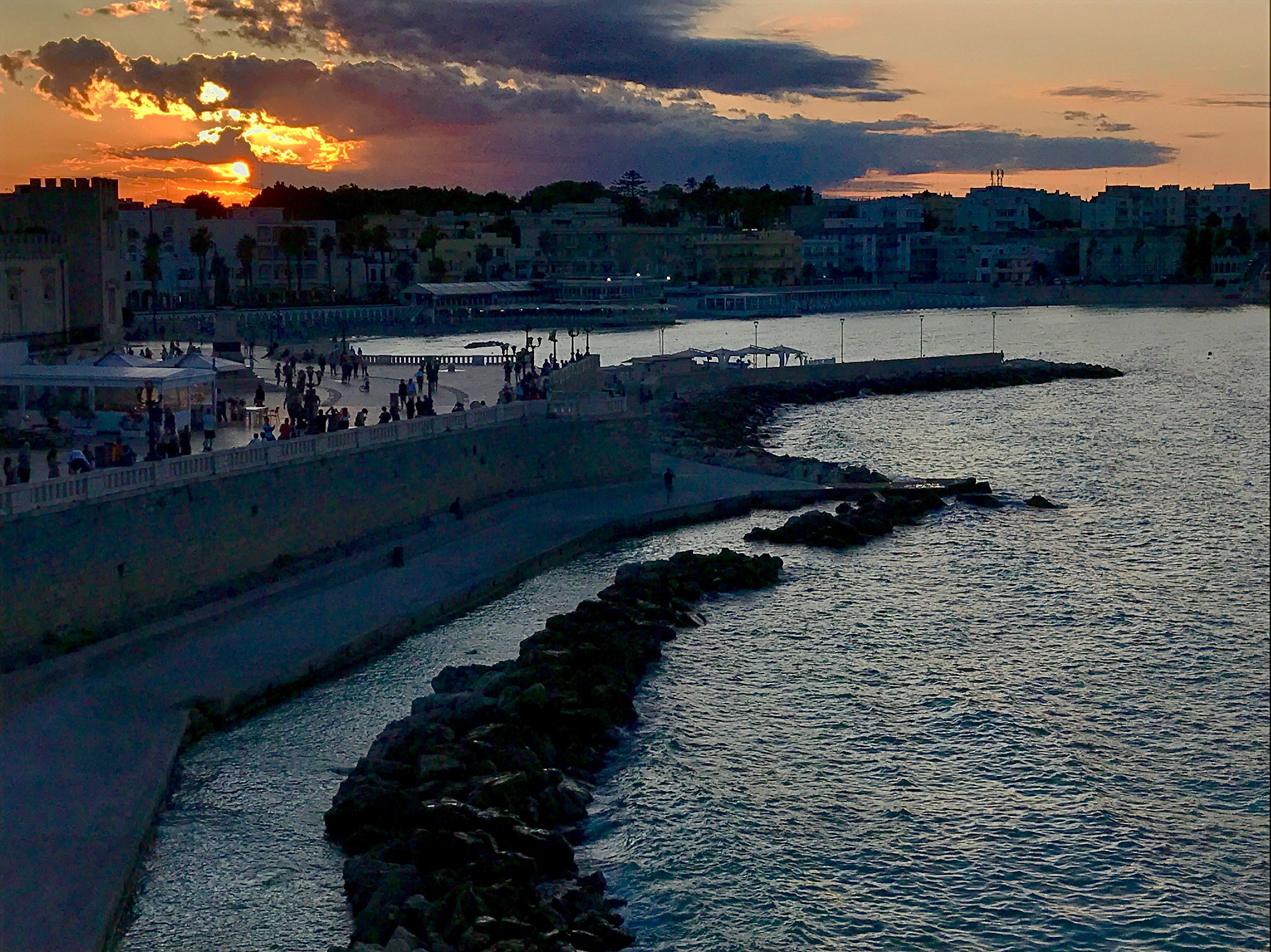
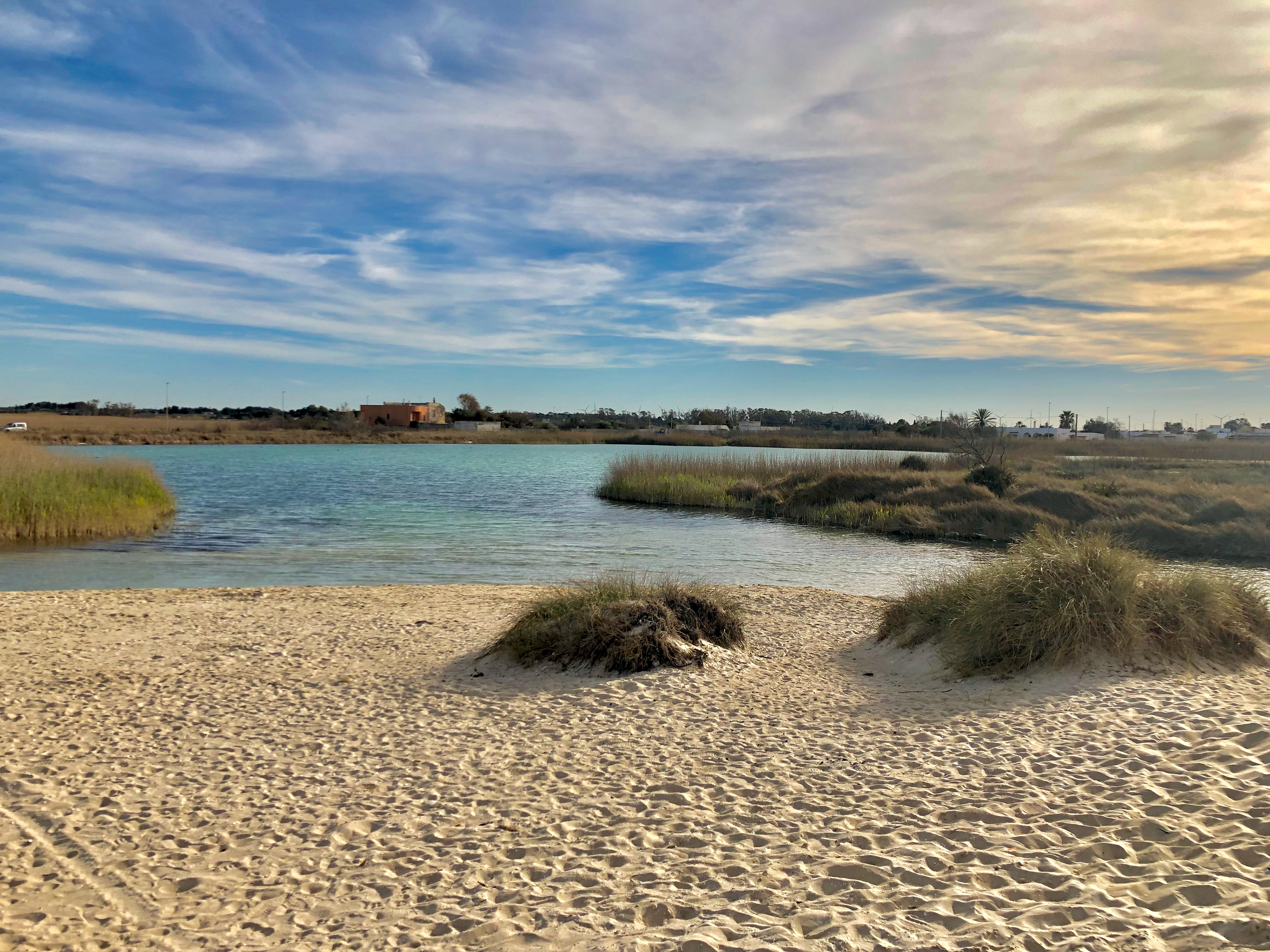
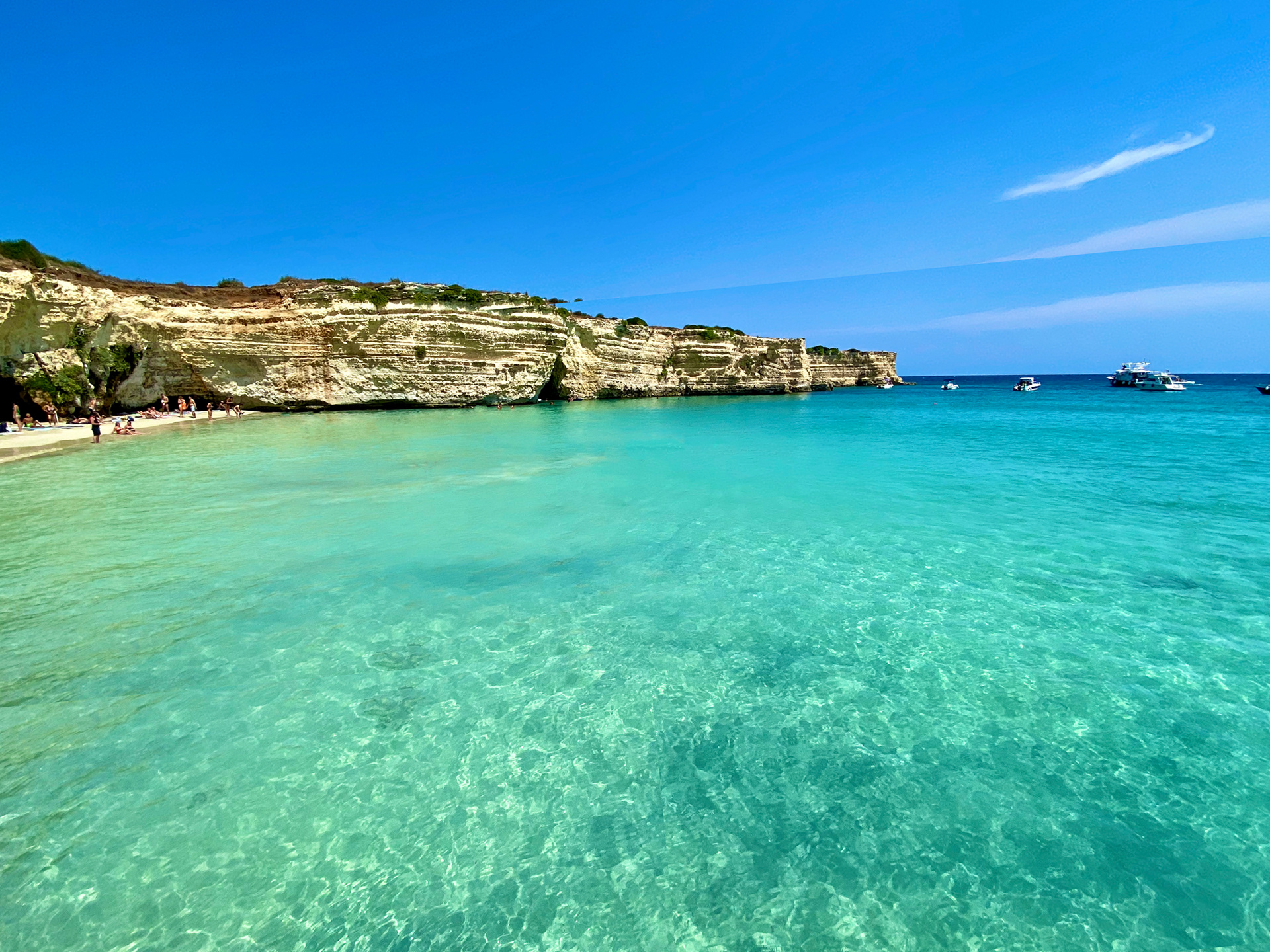
Know your wind…
I’ve never seen people who are so obsessed with wind directions like the locals from Salento… and there is a very specific reason. Salento can be quite windy (eg a saying in local dialect is ‘Lu Sule – The Sun, Lu Mare – The Sea, Lu Ientu – The Wind’). The direction the wind comes from will affect heavily the conditions of the seas (choppy or super still), hence people from Salento check the wind – yes, there’s an app for it – to decide which part of the coast to go to. If it’s Tramontana (North Wind), the Adriatic Sea will be super choppy, but the Ionic Sea will be as calm as a lake. Viceversa, if the wind comes from the south (Sirocco) the Adriatic Sea will be a much friendlier place than the Ionic.
Places you must visit in Salento
In addition to the places suggested in the Where To Stay section, Salento offers a myriad of wonderful spots. Whether you end up on the east coast of the Adriatic or the west coast on the Ionic sea, fear not, you’ll have plenty to visit.
Starting from Lecce, drive all the way to San Foca east. From there drive along the coast and make sure your first stop is Roca and the Grotta della Poesia (Poets’ Cave). Next is Torre dell’Orso, highly touristic but certainly deserving of at least a few photos. If you keep on driving south, the next recommended stop is the stunning scenery of Torre Sant’Andrea with its white rock arch in the middle of the sea.
Next is Otranto, which deserves at least half a day. Make sure you visit the old town enclosed in the castle walls – be ready to get lost in the cobbled streets full of independent shops and delicious food – the port and, if you have time, stay for the evening as the village will come to life with lots of events. It might be a bit touristy, but if you go in September it’s definitely worth it.
After Otranto, as you keep on driving along the coast south, the scenery gets more and more breathtaking as you go. The coast line heights increase and the vegetation changes.
Make sure that between Otranto and Santa Maria di Leuca (the extreme tip of the heel) you stop at Santa Cesarea Terme, Castro Marina and the Grotta Zinzulusa, Tricase Porto and the natural pool of Marina Serra. While at the Grotta Zinzulusa, you might want to find the time for a boat trip into the other surrounding caves. Highly recommended.
Once in Santa Maria di Leuca, I would suggest you stay there to admire the sunset. The best spot in Santa Maria di Leuca is the panoramic viewpoint at the Lighthouse, where you can see with your naked eye the two currents from the Adriatic Sea and the Ionic Sea meet.
Now that you’ve visited the best spots on the Adriatic, it’s time go west bound and enjoy the golden beaches of the Ionic sea. Past Santa Maria di Leuca, drive to Marina di San Gregorio and all the way to Torre Vado, Pescoluse, Lido Marini all the way to Gallipoli, through Marina di Mancaversa and Baia Verde. I suggest you spend a whole day in Gallipoli and if you like clubbing and nightlife, maybe stay over for a weekend. Beautiful and cultural, Gallipoli is a strange mix of very old traditions typical of a fishermen’s village and a night life that is second to none in the whole region.
Another jewel on the Ionic sea is Santa Caterina, one of the greenest parts on the coast and attached to the National Park of Porto Selvaggio – which makes a great hiking spot with breath taking views. Rumour has it Tom Cruise bought a villa here a few years back.
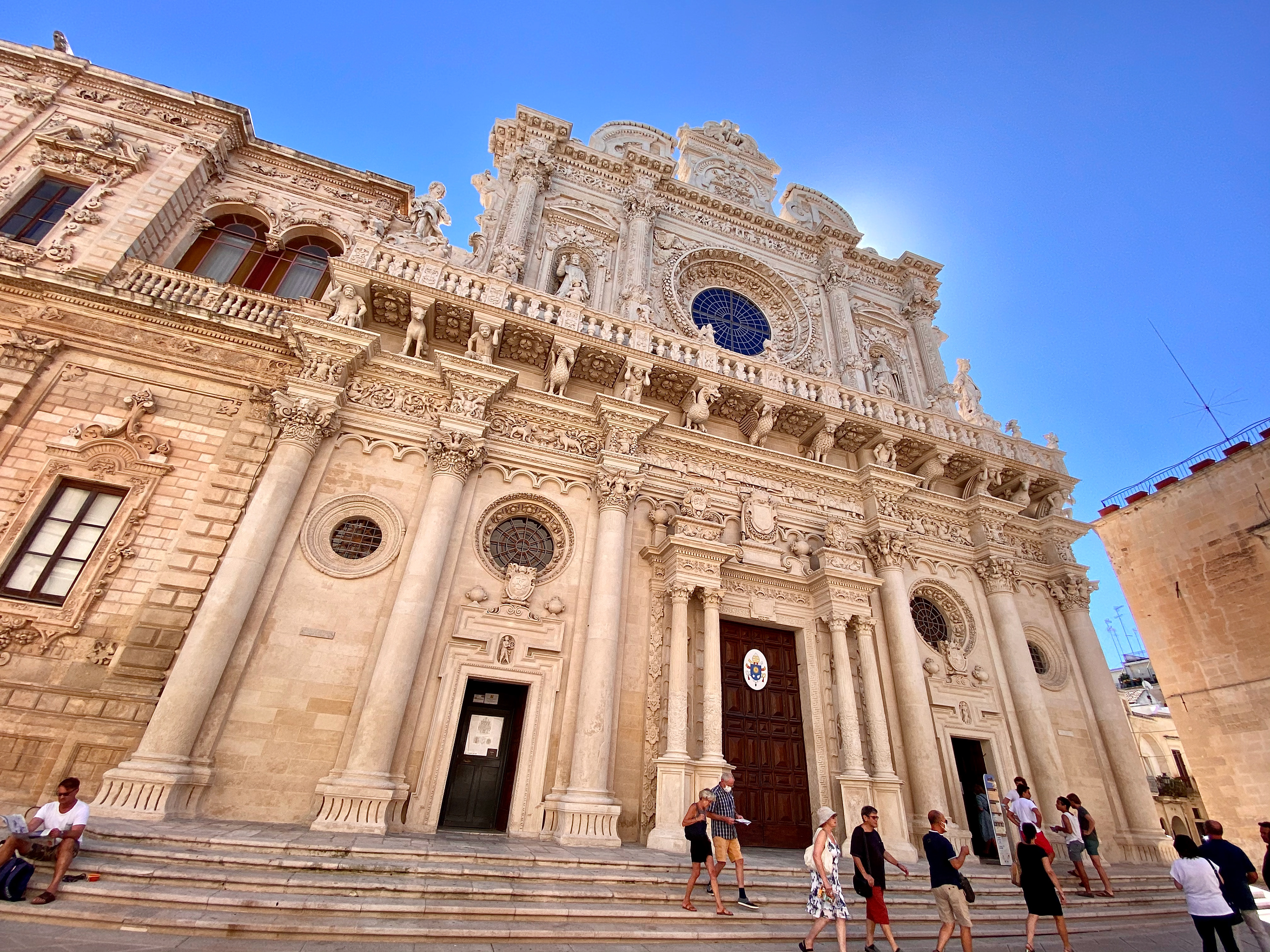
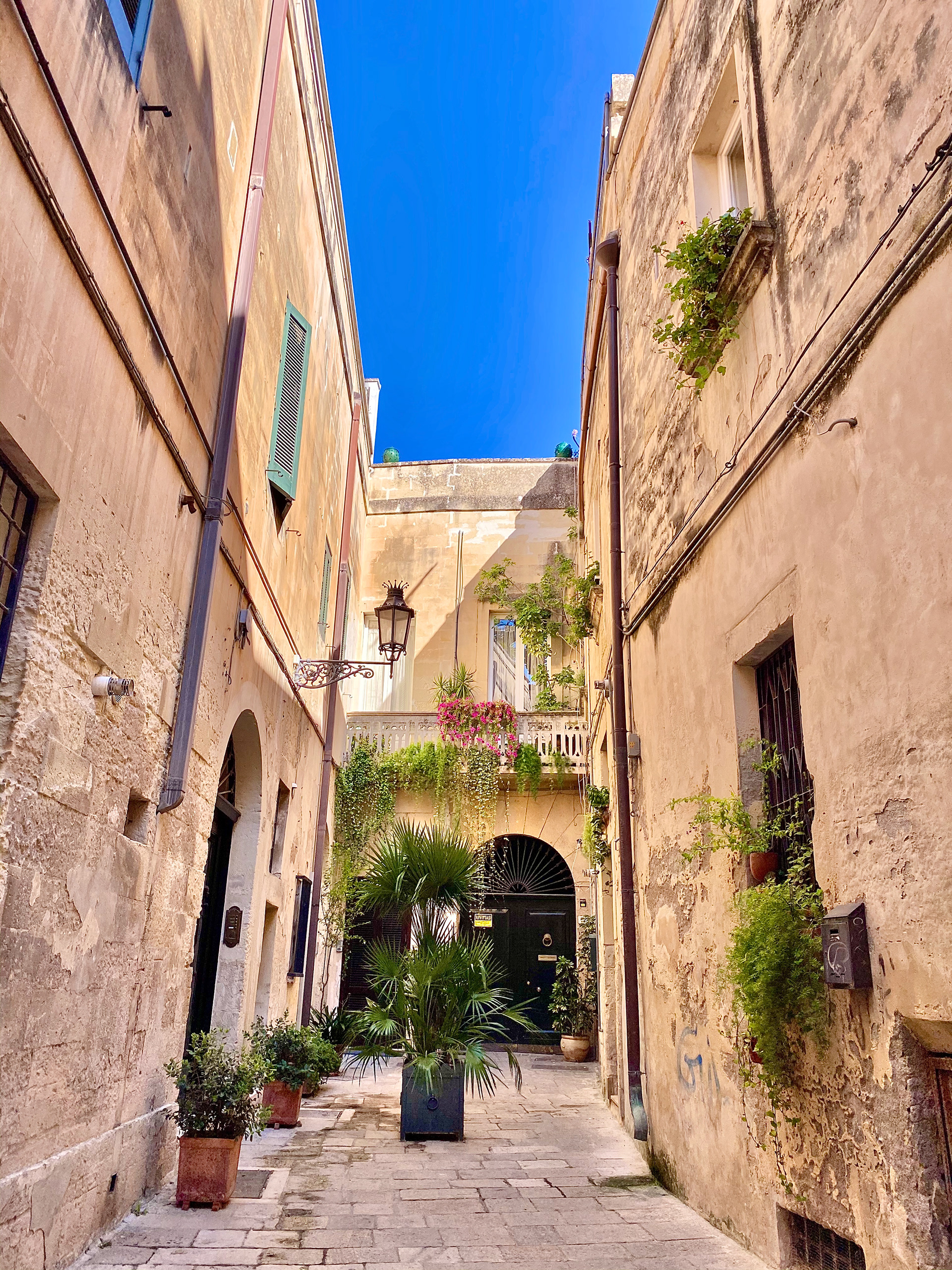
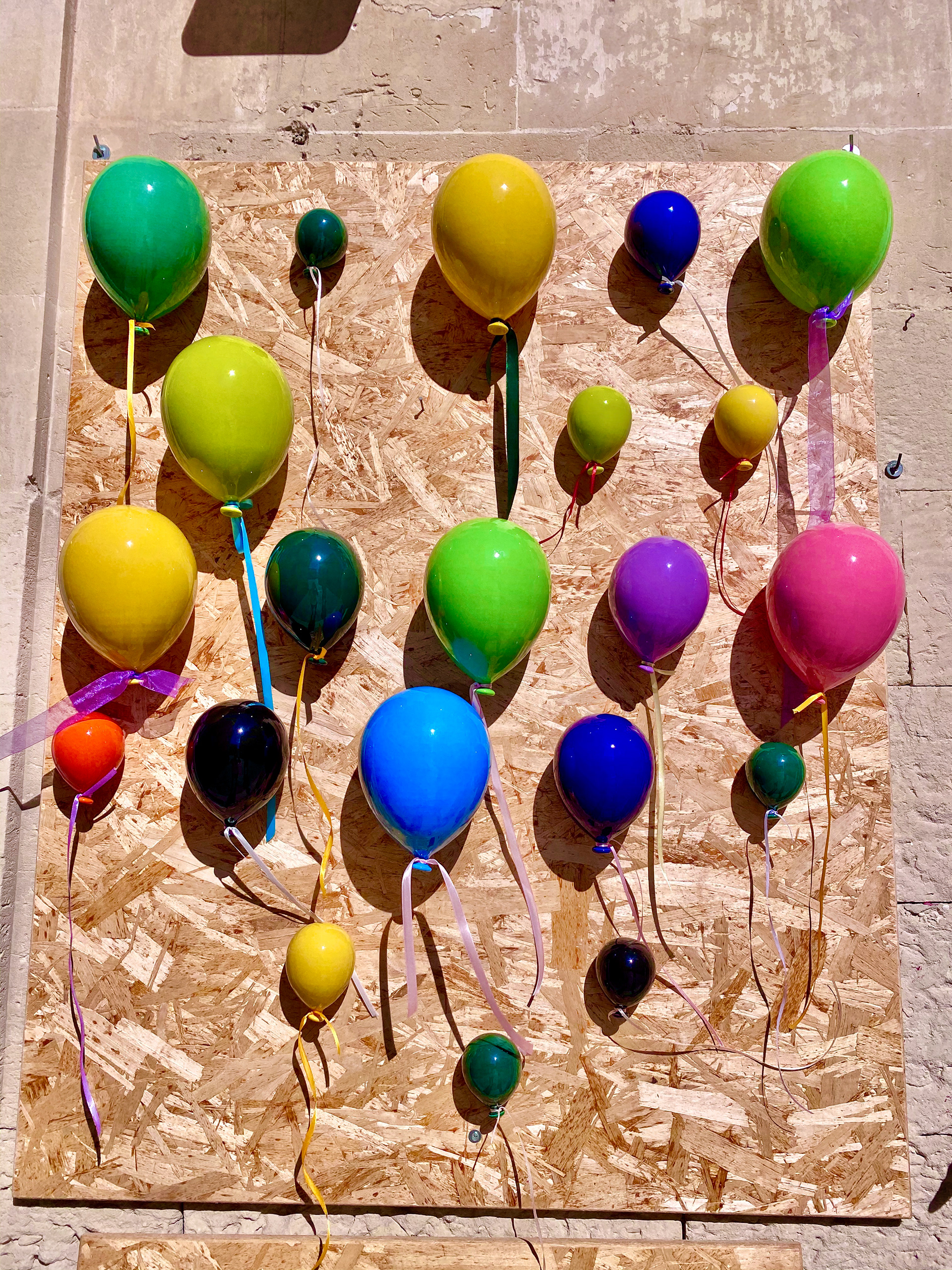
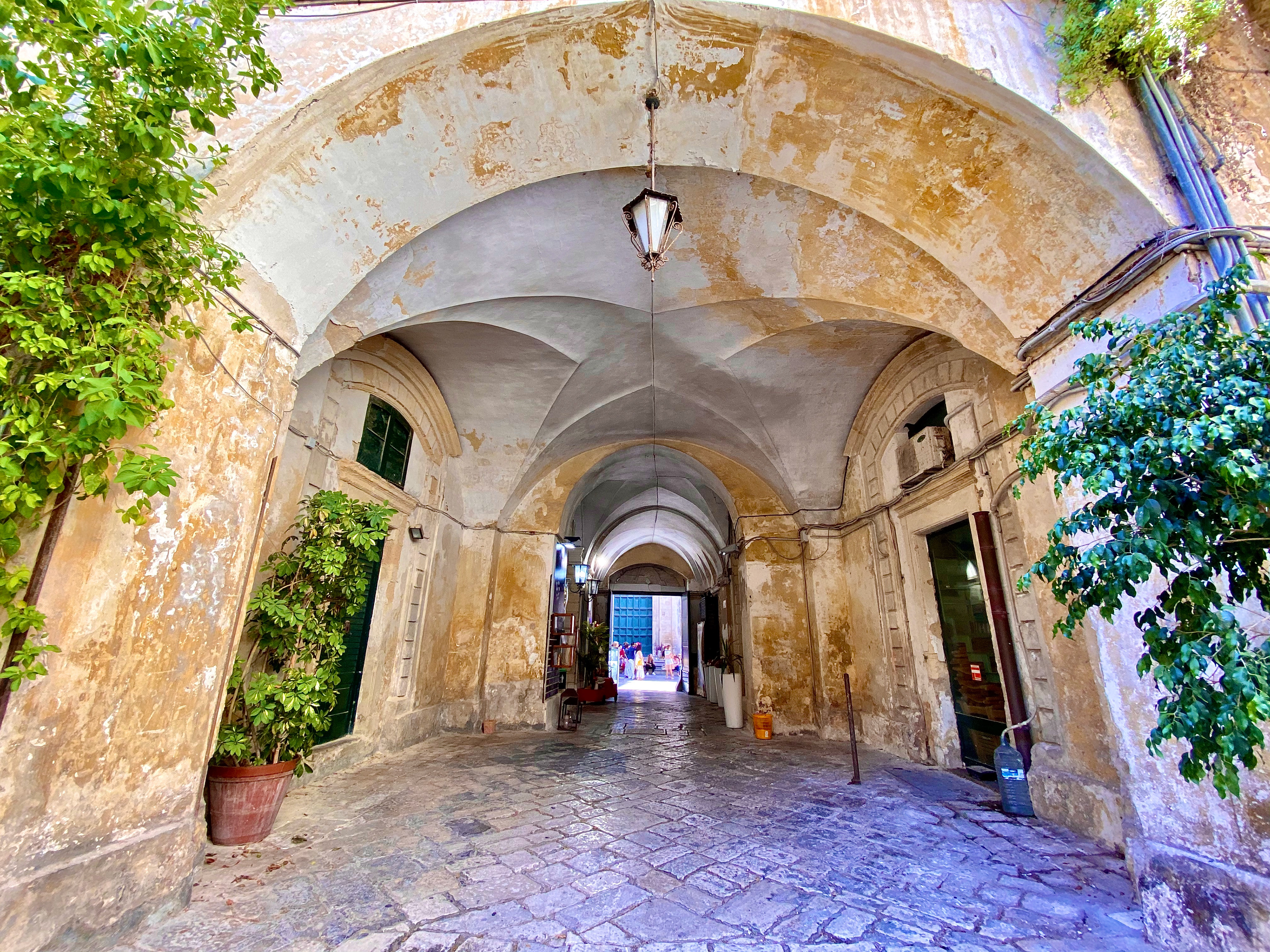


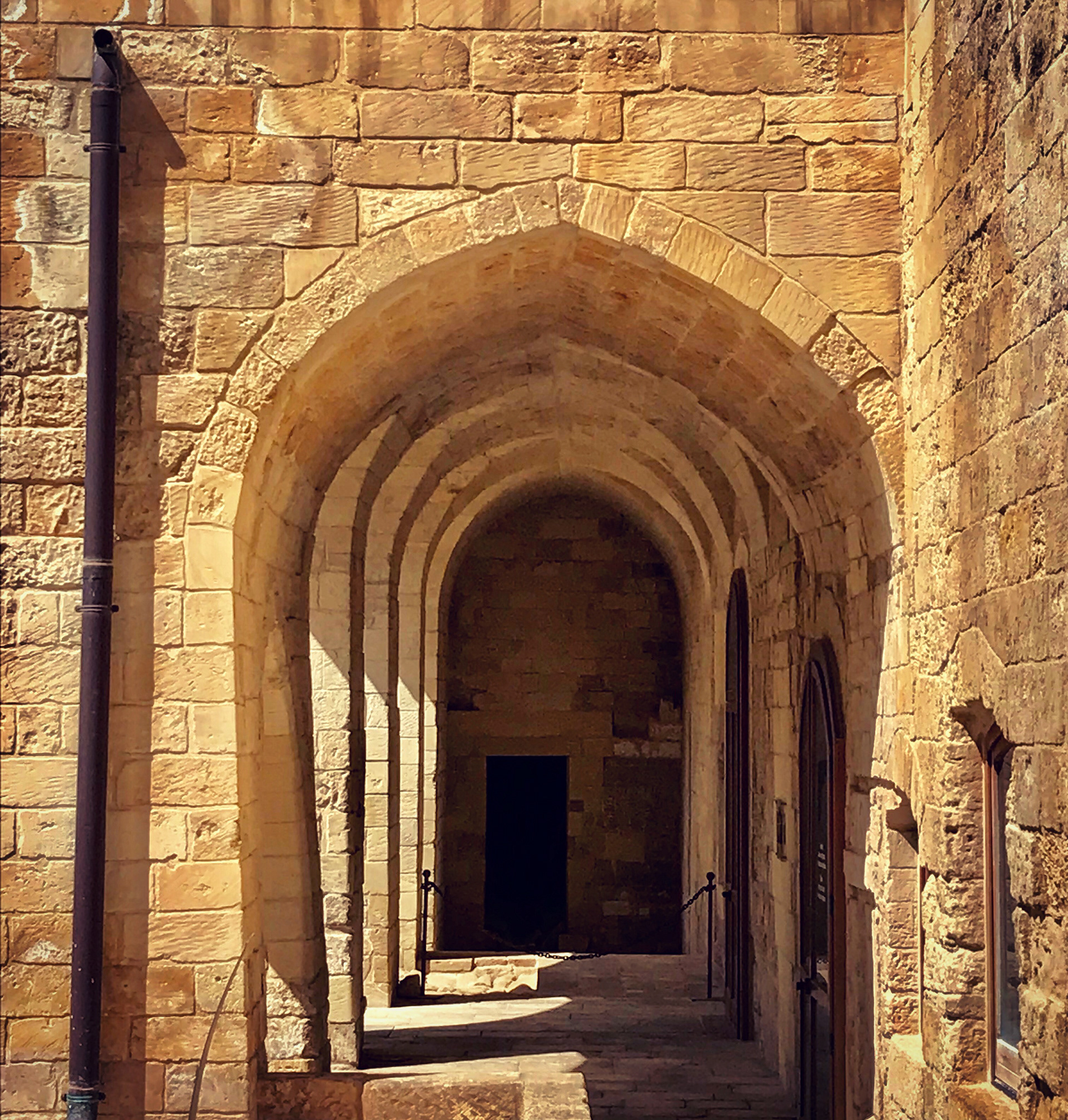
Culture and lifestyle
Lecce offers a lot of cultural events across summer. One of them is La Festa Patronale (Saint Patron Festival). Lecce has one main Saint Patron (Saint Oronzo) and two other ones who protect two of the old city’s walls: Saint Giusto and Saint Fortunato. The three saints are celebrated every year starting August 24 ending August 26. The city really comes to life during these 3 days, with colourful light decorations, food and craft stalls, a series of free concerts and fireworks at the nearest sea town San Cataldo.
Another unmissable event is La Notte della Taranta, held every year across Salento at the end of August, ending with a big concert featuring international guests. La Notte della Taranta has now become the biggest music festival in Italy and one of Europe’s biggest folk festivals. The Taranta, also know as Pizzica, is an ancient folk dance that borrows its name from Tarantula (black spider) as the dancers look like they have been possessed, or in a trance after being bitten by a spider (Pizzica from ‘pizzicato’, which means ‘bitten’). The music is characterised mainly by the use of violins, drums and tambourines.
It is a known fact that Italians love good food and wine. Why not make the best out of it then whilst there? From June until September, dozens of towns in the area have multiple food festivals dedicated to different types of foods. They are free to enter and offer locally sourced food at extremely cheap prices. You might want to check the Castro Wine Fest, La Sagra Te Lu Ranu (Wheat Festival), La Sagra della Bruschetta (Bruschetta Festival), Sagra della Peperonata (Peppers Festival) and many many others. Sagra means Festival, so just look out when you’re there as there will be plenty of billboards on the roads advertising the next sagra happening.
Lecce is the most baroque city in Italy. Packed with gloriously beautiful churches, two amphitheatres and the Castle of Charles V, there is a variety of cultural activities going on throughout the year. A must see church is La Basilica di Santa Croce, right in the heart of the city, with its breathtaking facade that has been recently renovated. Not far from it, Lecce’s Cathedral – known to the locals as Il Duomo – is another must visit – with its 75mt high bell tower and impressive square.
The old city of Lecce has kept part of its walls and three of the four gates, which come in the shape of beautifully crafted huge arches: Porta San Biagio, Porta Napoli and Porta Rudiae are all situated at reasonable walking distances from the centre and definitely deserve a visit.
Shopping
If you want to spend some time shopping, please keep in mind that opening times are very different from Northern Europe. Shops are normally closed on Monday mornings. The opening times are 9am to 1pm and 4/5 pm to 8 pm. Especially during summer, the weather is so hot that everything shuts down during the peak hours of early afternoon. Southern Italians, like Spanish and Portuguese, eat their lunches at home at around 1pm and dinner normally not earlier than 9.30 pm. They do, however, have aperitivo at around 6pm, which normally involves prosecco or cocktails and lots of amazing finger food. Remember, Italians don’t normally have big breakfasts, in fact they normally have an espresso or a cappuccino with a ‘Cornetto’ – a French croissant. If you’re after English breakfast, you might want to buy the ingredients yourself, although it might be quite a heavy breakfast to have with temperatures of around 40 degrees.
A note about coffee: when you order a coffee at the bar, you will get a very dark, strong, concentrated espresso. That’s because a coffee for Italians is an espresso. Make sure you ask for a Caffè Lungo if you’re after a small americano.
If you want to do some grocery shopping, Eurospin is a cheap option with plenty of great food; there are a few Lidl supermarkets as well. A ‘posher’ supermarket like Conad, however, would still be cheaper than Waitrose. I would also suggest to pop in a ‘Salumeria’, small independent grocery shops that have the best selections and offer a more authentic experience.
If you’re after gift shopping, Il Corso – one of the high streets in central Lecce – is the best place to buy local artists’ crafts (papier machè sculptures and ceramics are a true heritage here) and browse independent local shops. If you love books, Liberrima, still on Il Corso, is a great place to buy books in English and enjoy an aperitivo at their wine bar.
For clothes shopping, Via Salvatore Trinchese and Piazza Mazzini in central Lecce are the right places to browse a mix of cheap and less cheap shops (Coin is a great Debenahms-style store in Piazza Mazzini).
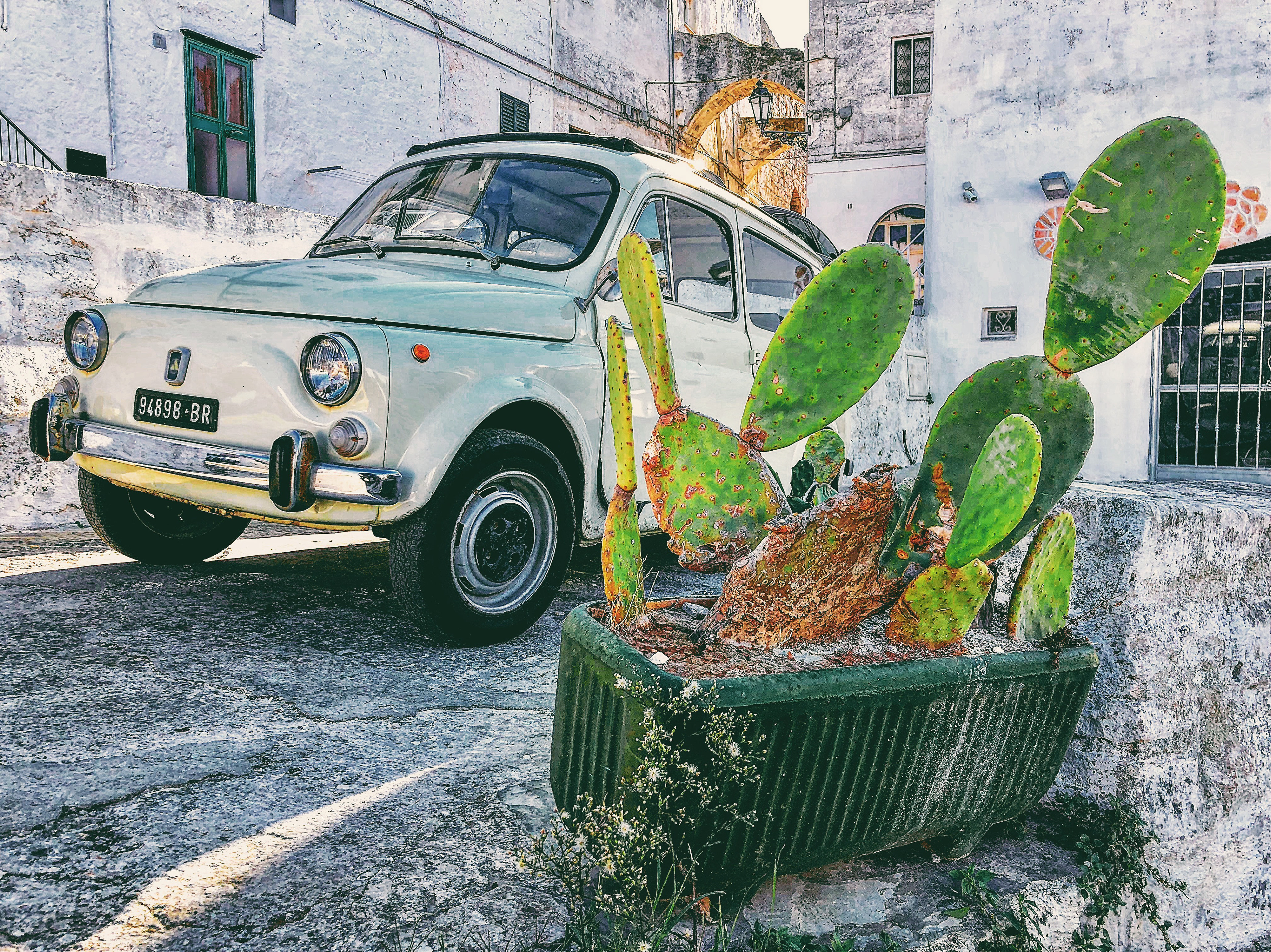
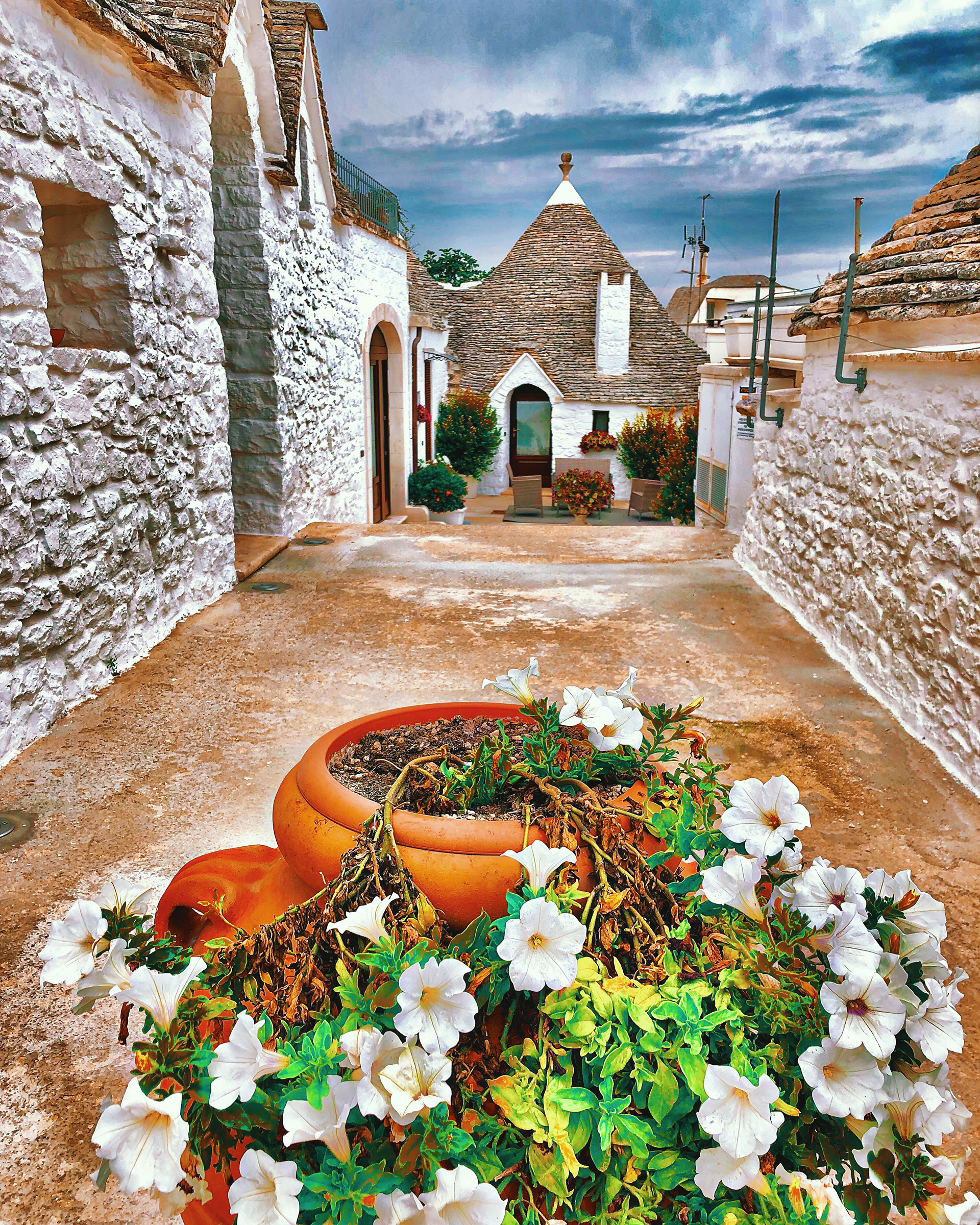



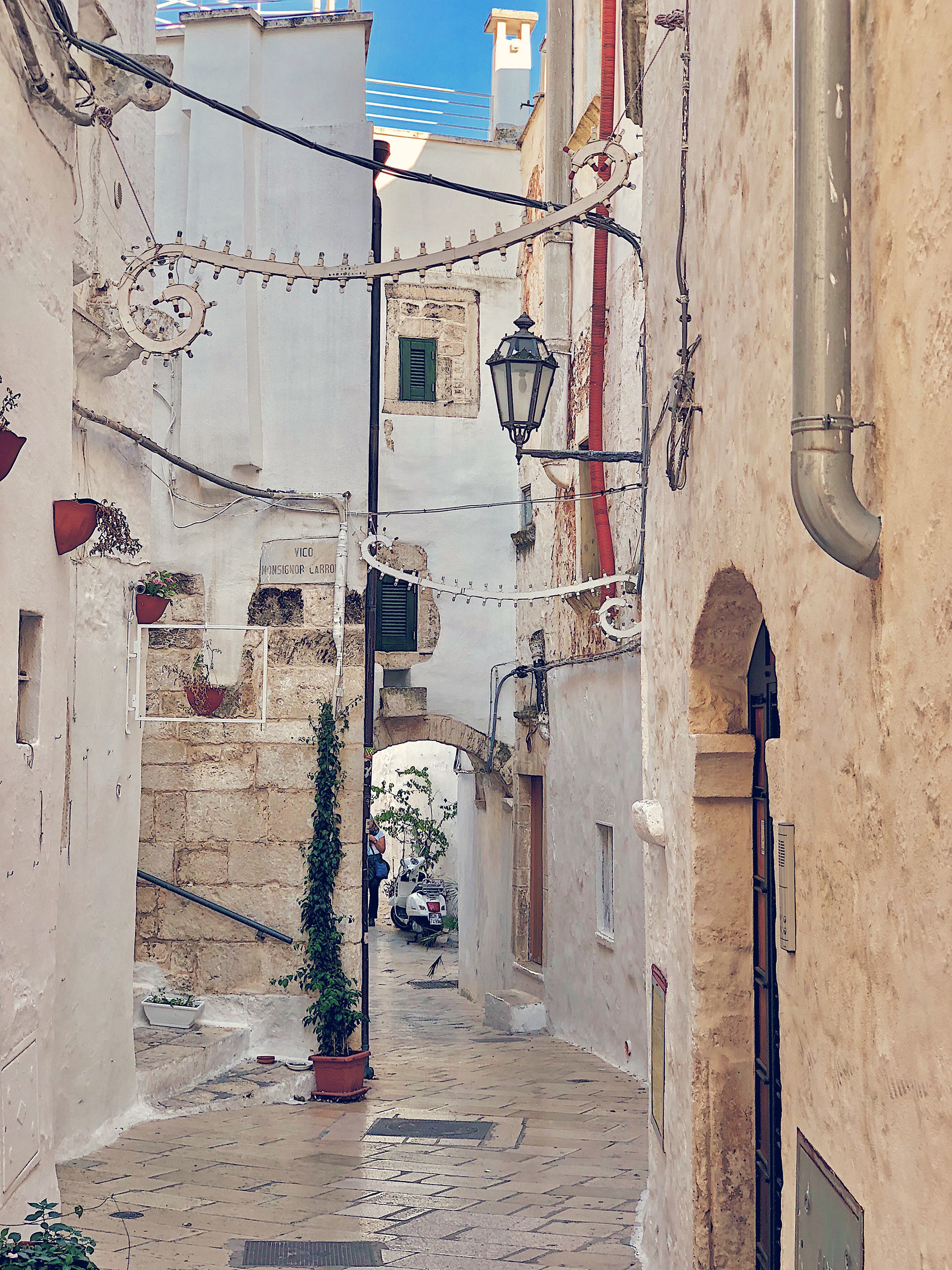

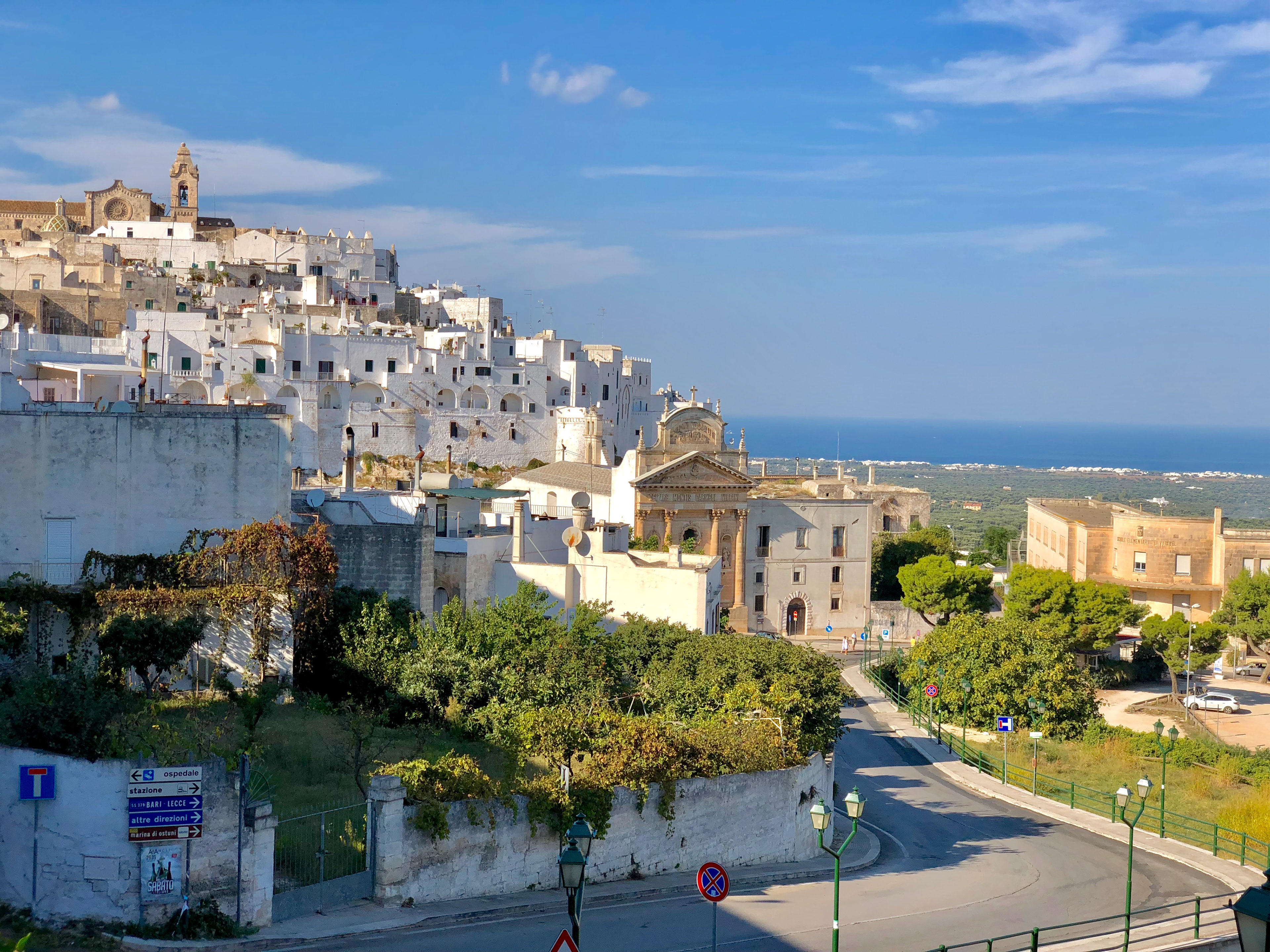
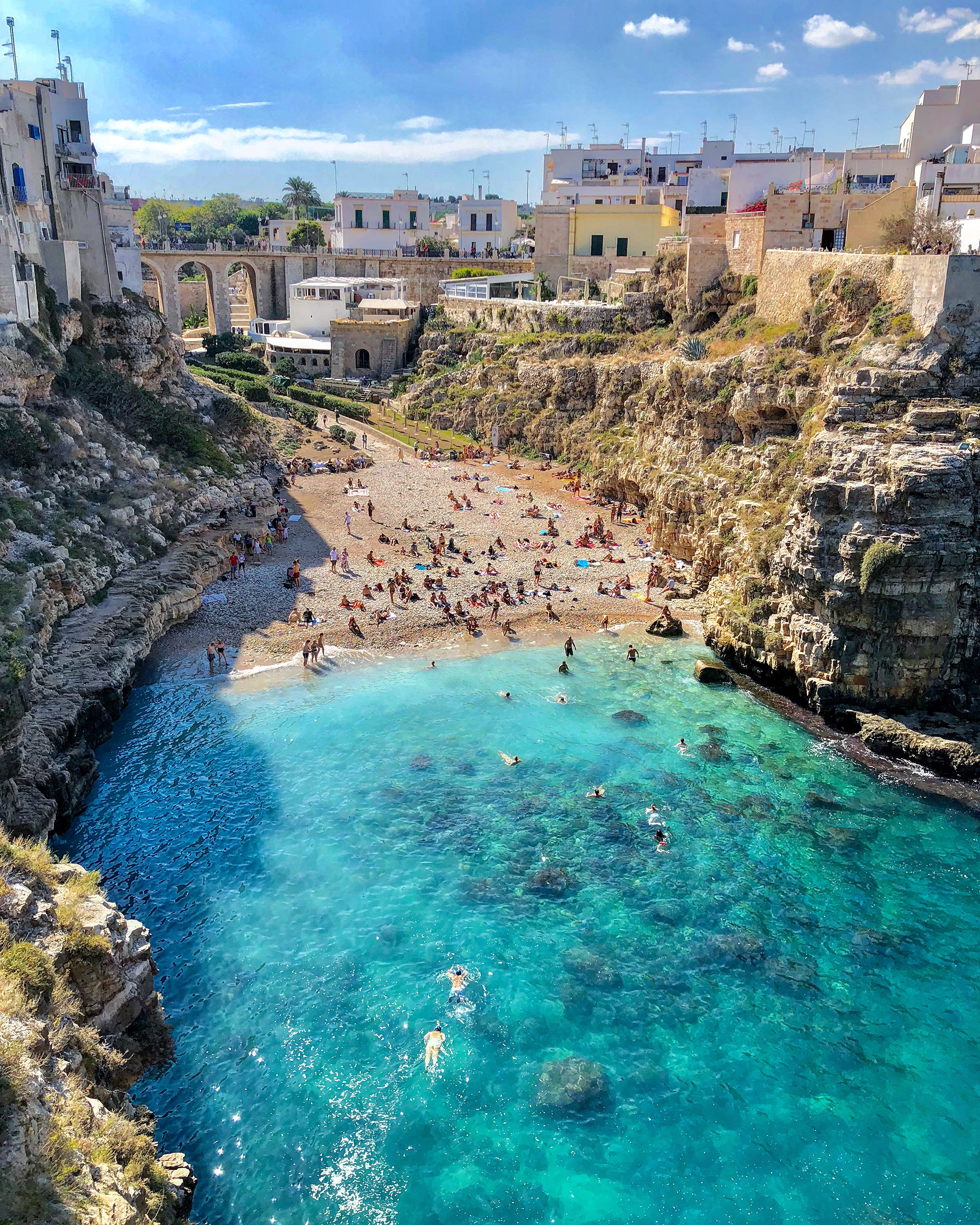

Must-see surrounding areas
Although outside of the Salento area, I would recommend that while you’re at it, you take the time to visit a few places that are only a couple of hours drive from Lecce. Above all, Alberobello with its unique houses, called Trulli, which attract tourists from all over the world and made it a Unesco-listed location.
Not far from Alberobello, you’ll find the white city of Ostuni, Locorotondo and the breath taking village of Polignano A Mare. The polished cultural beauty of Martina Franca is a must-visit as well as the outstanding Grotte di Castellana, with its 1.5km tour underground among colossal chambers full of stalagmites and stalactites.
There’s so much more I could tell you about this fascinating part of the south of Italy, but if you’re planning to visit Il Bel Paese soon, whether you like nightlife or just chilling on the beach, Salento should be your next destination for an experience that will revive your senses.
